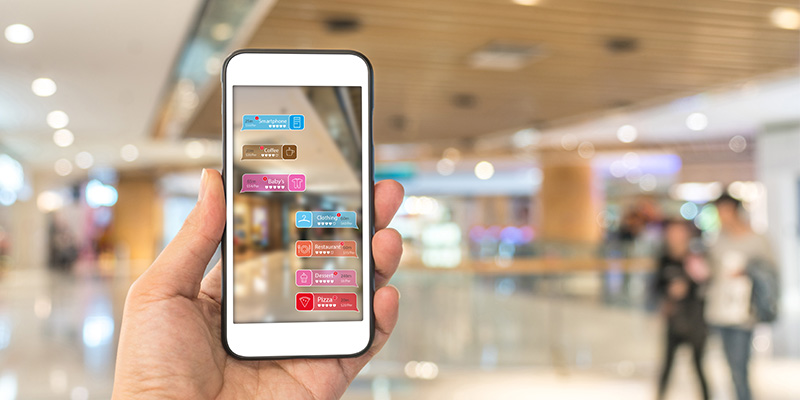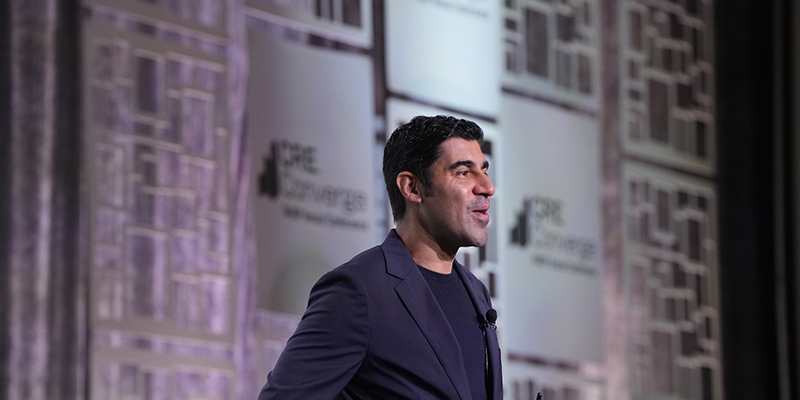The disruption caused by COVID-19 has accelerated the blending of brick-and-mortar retail and logistics real estate. This has resulted in the emergence of a new hybrid store model – one that takes omnichannel strategies to the next level and promises to revolutionize the retail, industrial and logistics industries.
In a recent NAIOP webinar, John Morris, head of industrial and retail, CBRE, and Andres Rodriquez, senior research analyst, CBRE, shared their vision for a hybrid store that preserves the store experience for physical shopping while leveraging logistics capabilities for the fulfillment of online sales.
Rodriquez started the discussion by sharing some historical data. According to data between 2010-2019, prior to the COVID-19 pandemic, online retail sales were growing about 16% per year, while in-store retail sales were growing about 3% per year. In response to that, retailers had been focusing heavily on rolling out their online platforms to meet consumer demand.
The shift in consumer behavior during the pandemic has dramatically accelerated that trend. Online sales surged 32% in Q2 2020, accounting for 23% of all retail sales in that quarter. However, in the second half of 2020, online sales decreased by 2% while in-store sales increased by 12%. “This shows us that consumers want to get back to the physical store,” Rodriquez said. “Even though e-commerce is growing, the role of the physical store is more important than ever before.”
In the omnichannel ecosystem, retailers must balance service with logistics spend; determine the optimal flow of product between retail and industrial channels; calculate what it will cost in transportation; and make sure there is access to seasonal labor supply. The consumer expects this to happen seamlessly, experiencing one brand across channels.
“We’re sure, going forward, that more inventory sits in stores as a method to better leverage brick and mortar,” Norris said. “But were also sure that inventory won’t be in every store – so placement of inventory to preserve working capital, along with keeping real estate platform at an optimal cost for that service level, is a real challenge in this [omnichannel] world.”
The future hybrid store as envisioned by the CBRE team is “the complete integration of the retail and logistics systems under one roof,” said Rodriquez. Their 3D rendered design includes curbside pick-up areas and reserved parking spaces for the omnichannel shopper, plus features to appeal to the in-store shopper, like hospitality lounges and other places to interact with the brand and products. Behind the scenes, logistics and fulfillment capabilities would include inventory optimization technologies used at traditional distribution centers.
Rodriquez said retailers are adopting this hybrid format because they know it’s the most effective way to deliver product to the consumer and leverage their existing physical footprint. He added that a recent poll by ICSC of their retail members showed they predict 62% of all e-commerce orders will be fulfilled by a brick-and-mortar store in 2021.
E-commerce is here to stay, and retailers will respond to that demand with their physical footprints more and more, Rodriquez said.
“As [the hybrid store model] continues to grow and evolve, we do see this truly becoming a new asset class.”
NAIOP members can listen to the full webinar on-demand. The webinar is part of a six-part series on industrial-focused topics hosted by NAIOP throughout 2021.








